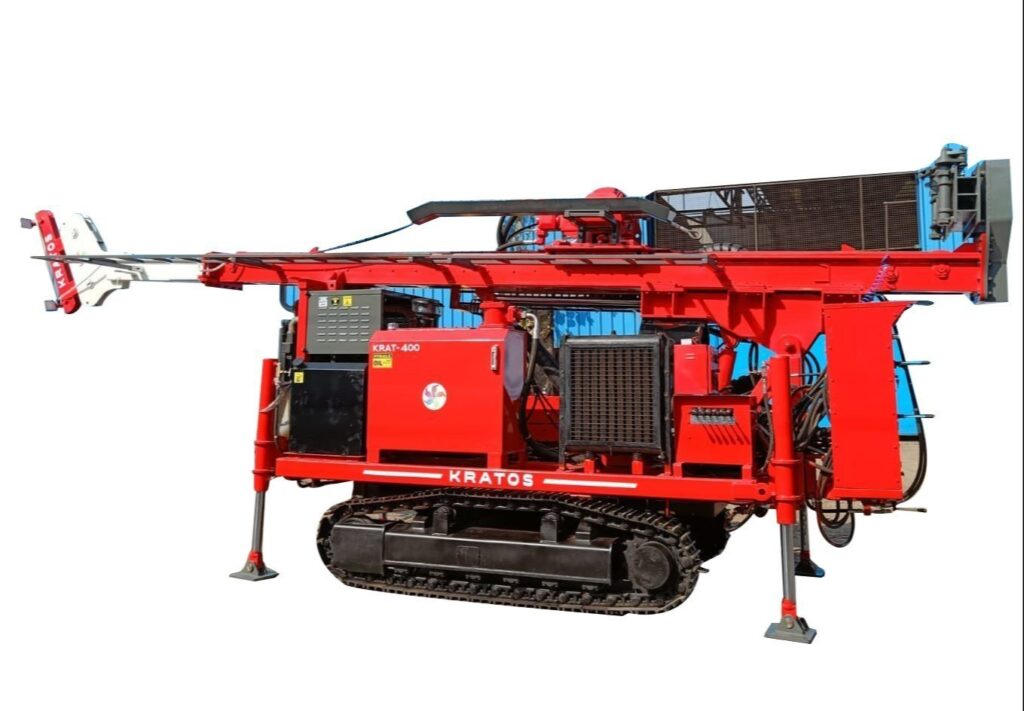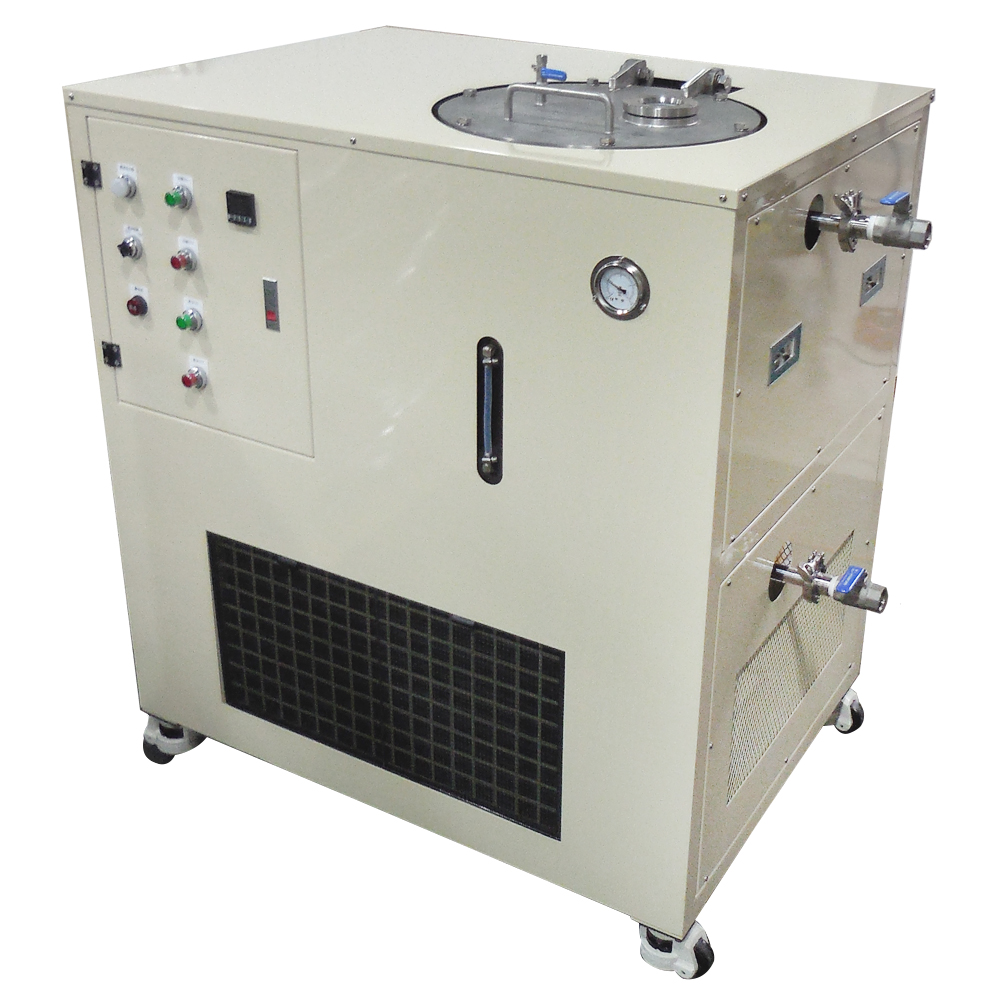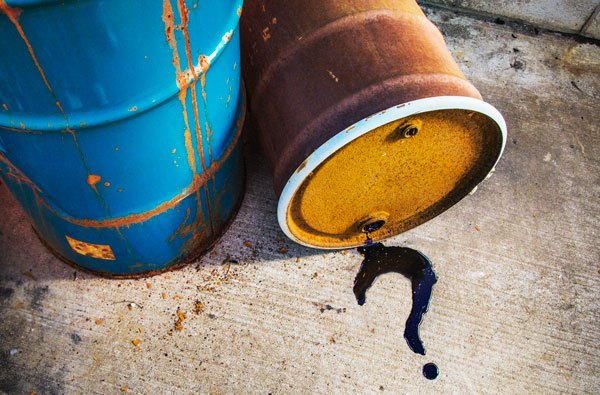The oil and gas industry continually seeks ways to enhance drilling efficiency to lower costs, improve safety, and minimize environmental impacts. One of the key trends in this area is the increasing adoption of automation and digital technologies. Automation, particularly in drilling rigs and equipment, enables more precise control over the drilling process. Smart technologies, such as robotic systems and AI-driven analytics, help optimize drilling operations by identifying inefficiencies in real time. These systems can adjust drilling parameters autonomously, reducing the need for manual intervention and allowing for a smoother, faster drilling process. Another significant trend is the integration of real-time data analytics and Internet of Things IoT devices into drilling operations. IoT sensors placed on equipment continuously monitor key parameters, such as pressure, temperature, and vibration. These sensors transmit data to centralized systems, enabling operators to track the condition of equipment and identify potential issues before they become critical. Real-time data analytics, powered by machine learning algorithms, also offer predictive insights into potential failures, allowing for proactive maintenance and reducing unplanned downtime.

By leveraging these technologies, companies can optimize drilling performance, extend the lifespan of equipment, and reduce operational risks. In terms of equipment, one of the most notable developments is the use of advanced drilling rigs and automated rigs. These rigs are designed to handle a variety of well types, including deepwater, shale, and horizontal wells, with greater speed and efficiency. For example, hybrid rigs that combine oil and gas equipment traditional mechanical and electrical systems are becoming more popular, offering both power efficiency and reliability. These rigs also feature advanced dynamic positioning systems that improve wellbore accuracy, reducing the risk of misalignment during drilling operations. Additionally, automated drilling systems that can perform tasks such as pipe handling and tripping in and out of the hole are increasingly used to reduce labor costs and improve safety. A trend towards more sustainable and environmentally-friendly drilling practices is also evident. Technologies such as closed-loop drilling systems, which recycle drilling fluids and minimize waste, are gaining traction.
These systems reduce the need for large quantities of fresh water and cut down on the disposal of used fluids, mitigating the environmental impact of oil drill machine operations. Moreover, the use of advanced directional drilling technologies allows for more precise well placement, enabling operators to access hard-to-reach reserves while minimizing the surface area disturbed during drilling. Lastly, the emphasis on remote monitoring and control is helping improve safety and efficiency. Using satellite communication and wireless technology, operators can control and monitor drilling operations from centralized command centers, sometimes even located thousands of miles away from the well site. This reduces the number of personnel required at remote or hazardous locations, lowering the risk of accidents and streamlining operations. In conclusion, the latest trends in oil and gas drilling equipment are heavily focused on improving efficiency through automation, real-time data, and more sustainable practices. As the industry continues to adopt these advanced technologies, drilling operations will likely become more cost-effective, safer, and environmentally responsible, while unlocking greater energy production capabilities.






